Hi there, pet lovers! 🐠
Rasboras are among the most beloved freshwater aquarium fish, adored for their peaceful nature, stunning coloration, and lively schooling behavior. With dozens of species ranging from tiny Chili Rasboras to the classic Harlequin Rasbora, these small fish bring movement, beauty, and harmony to almost any community tank. In this detailed review, we’ll explore everything about Rasboras—from their temperament and care needs to their setup costs, feeding, and long-term maintenance. Whether you’re new to fishkeeping or a seasoned aquarist, this guide will help you decide if Rasboras are the right addition to your aquarium.
Overview
Rasboras are small, peaceful schooling fish native to Southeast Asia. Popular species include the Harlequin Rasbora, Chili Rasbora, Lambchop Rasbora, Galaxy Rasbora (Celestial Pearl Danio, though often grouped with rasboras), and many others. They are known for their vibrant colors, impressive schooling displays, and easy-going personalities. Here’s a quick summary of what makes them stand out:
- Handling and Temperament: Peaceful, social, and active schoolers.
- Care and Maintenance: Beginner-friendly, but water quality must be stable.
- Health and Durability: Generally hardy, especially classic species like Harlequins.
- Availability: Very easy to find in stores and from breeders.
- Cost: Highly affordable both to purchase and keep.
- Overall: A fantastic choice for community tanks, beginners, and planted aquarium enthusiasts.
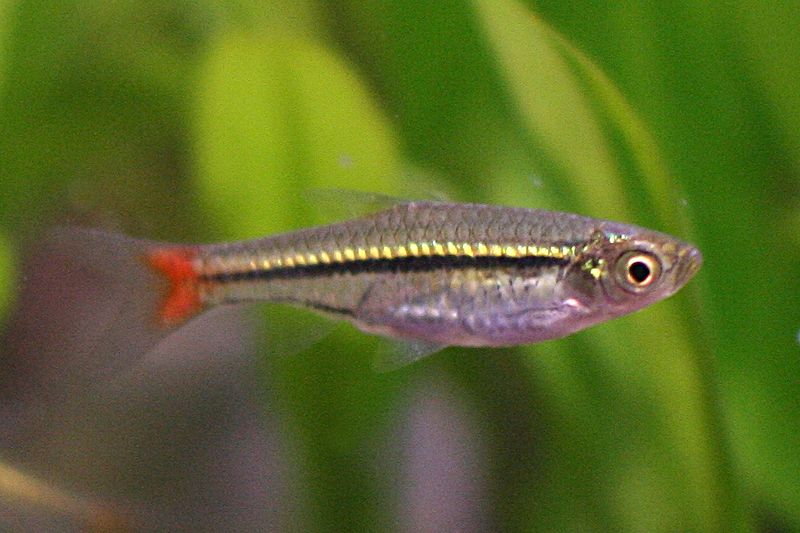
Why Choose Rasboras?
Rasboras are perfect for aquarists looking for small, peaceful fish that bring color and movement without requiring complicated care. They thrive in groups, making them ideal for planted tanks, nano tanks, and large community aquariums. Their graceful schooling behavior provides a soothing visual effect, and their small size allows for flexibility in tank stocking.
Many species boast striking colors—such as the vivid red of Chili Rasboras or the iconic black “harlequin” patch on Trigonostigma heteromorpha. Combined with their gentle nature and ease of care, it’s no wonder they’re a favorite worldwide.
Handling and Temperament
Rasboras are extremely peaceful fish and pose no threat to tankmates. They rarely show aggression, even within their own groups, and thrive in numbers.
Schooling Behavior
- Most rasbora species feel safest in groups of 8–12 or more.
- Larger groups reduce stress, brighten coloration, and enhance natural behavior.
- Many species will shoal closely together, forming tight, beautiful formations.
Compatibility
Rasboras get along with a wide variety of peaceful tankmates:
- Tetras
- Corydoras
- Gouramis
- Livebearers
- Shrimp
- Snails
- Small peaceful loaches
They avoid conflict and are easily intimidated by large or aggressive fish, so avoiding cichlids or fin-nippers is recommended.
Personality Traits
- Calm, gentle, and social.
- Active swimmers—most species occupy the mid-to-upper water levels.
- Some, especially Chili and Boraras species, can be shy without dense plants or large groups.
Rasboras are ideal for aquarists wanting an active yet harmonious tank.
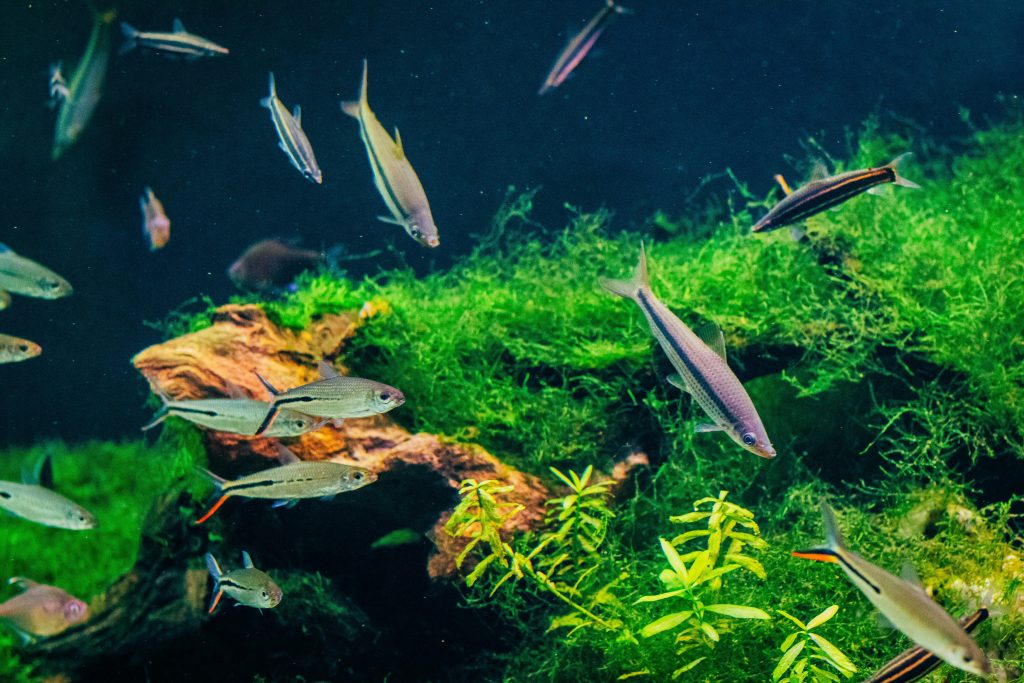
Care and Maintenance
Rasboras are generally easy to care for, but they do best in well-maintained aquariums with stable water conditions. Their needs vary slightly by species, but most share similar requirements.
Enclosure Setup
Rasboras are aquatic creatures, so instead of “handling,” tank setup and water quality are the keys to success.
Tank Size
- Harlequin Rasboras: minimum 20 gallons.
- Chili Rasboras: 10 gallons minimum.
- Larger species like Scissortails: 30+ gallons.
Aquascape
Rasboras originate from blackwater streams and densely vegetated environments, so they appreciate:
- Live plants
- Driftwood
- Dim or filtered lighting
- Floating plants for shade
Water Parameters (General Guidelines)
- Temperature: 72–82°F (22–28°C) depending on species
- pH: 6.0–7.5
- Hardness: soft to moderately hard (1–12 dGH)
- Ammonia/Nitrite: 0 ppm
- Nitrate: <20 ppm ideal
Water Movement
Rasboras do well with gentle to moderate flow. Strong currents can stress smaller species like Boraras.
Feeding
Rasboras are not picky eaters, but they do best with a varied diet that matches their small mouths.
What They Eat
- High-quality micro or nano pellets
- Fine flake foods
- Frozen foods like daphnia, cyclops, baby brine shrimp
- Live foods for conditioning (if available)
Chili Rasboras and other micro species often prefer smaller foods due to their tiny size—sometimes only 1–3 mm pellets.
Feeding Schedule
- Feed 1–2 times daily
- Only provide what they can finish in 1–2 minutes
- Occasional fasting day helps maintain good digestion
Variety in their diet enhances coloration, especially red, orange, and gold tones.
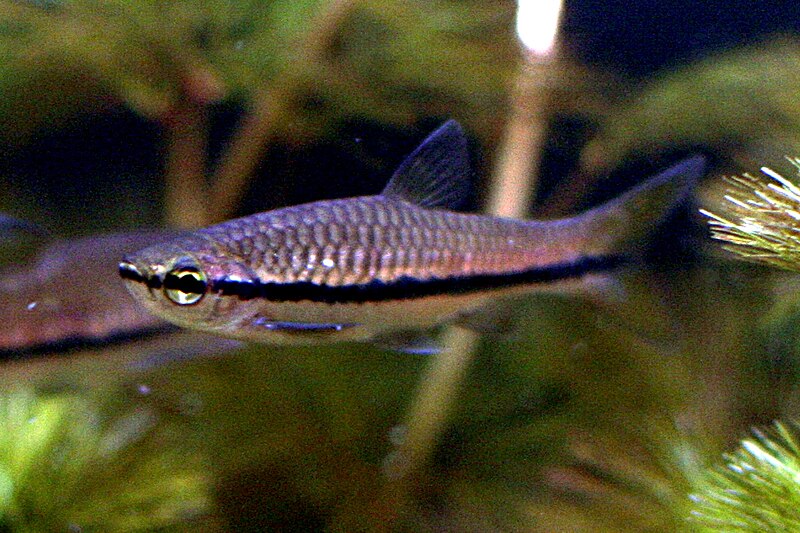
Health and Durability
Rasboras are hardy when kept in stable, clean water. They are excellent beginner fish, especially species like Harlequins and Lambchops.
Common Health Issues
- Ich (white spot disease): Often due to temperature swings.
- Fin rot: Linked to poor water quality.
- Stress-related color fading: Usually caused by insufficient group size or incorrect parameters.
Preventative Care
- Perform 25–40% weekly water changes.
- Keep groups large to reduce stress.
- Avoid sudden shifts in temperature or pH.
- Quarantine new fish for 2 weeks before adding to the main tank.
Rasboras typically live 5–8 years, although some species can reach 10 years with excellent care.
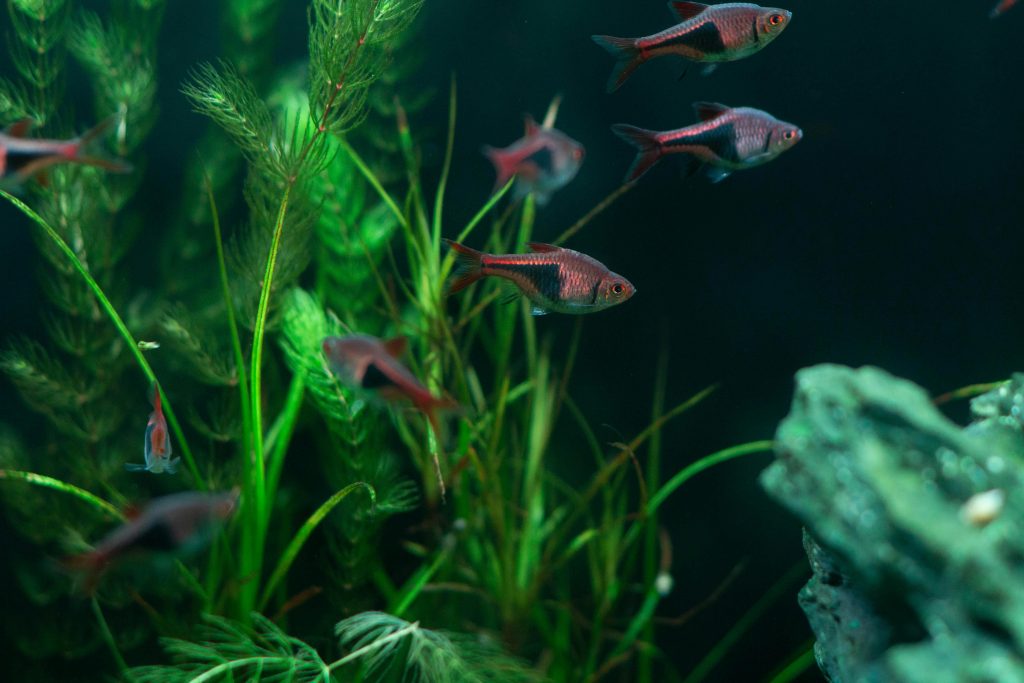
Availability and Cost
Rasboras are extremely common in the aquarium trade, making them accessible for all aquarists.
Where to Buy
- Local fish stores
- Aquarium specialty shops
- Breeders
- Online vendors
- Aquatic expos
Popular species like Harlequins and Chili Rasboras are almost always in stock.
Cost Breakdown
- Harlequin Rasbora: $2–$4 each
- Chili Rasbora: $2–$5 each
- Galaxy Rasbora (CPD): $4–$8 each
- Rare species: up to $15–$25 depending on sourcing
Setup Cost
A planted rasbora tank can range from $80–$250+, depending on size and equipment quality.
Rasboras are among the most budget-friendly fish in the hobby.

Pros and Cons
Pros
- Extremely peaceful and community-friendly
- Beautiful schooling behavior
- Many species are brilliantly colored
- Easy to care for and very hardy
- Perfect for planted tanks
- Affordable and easy to find
Cons
- Require a group to thrive
- Sensitive to poor water quality
- Some species are tiny and may be outcompeted for food
- Can be shy without plants or large numbers

Final Thoughts
Rasboras are a wonderful addition to nearly any freshwater community aquarium. Their peaceful nature, stunning colors, and mesmerizing schooling behavior make them ideal for both new and experienced fishkeepers. With proper care, stable water conditions, and a good-sized group, Rasboras will thrive and become one of the most engaging highlights of your aquarium.
Whether you choose the classic Harlequin, the fiery Chili Rasbora, or the shimmering Galaxy Rasbora, you’ll be adding a fish that enriches the beauty and harmony of your tank. For aquarists who love active, colorful, and low-maintenance fish, Rasboras are truly hard to beat.
Have you kept rasboras before? Share your experiences and tips—we’d love to hear what species you’ve kept and how they behave in your setup. Stay tuned for more fish care guides, reviews, and aquarium tips! 🐠





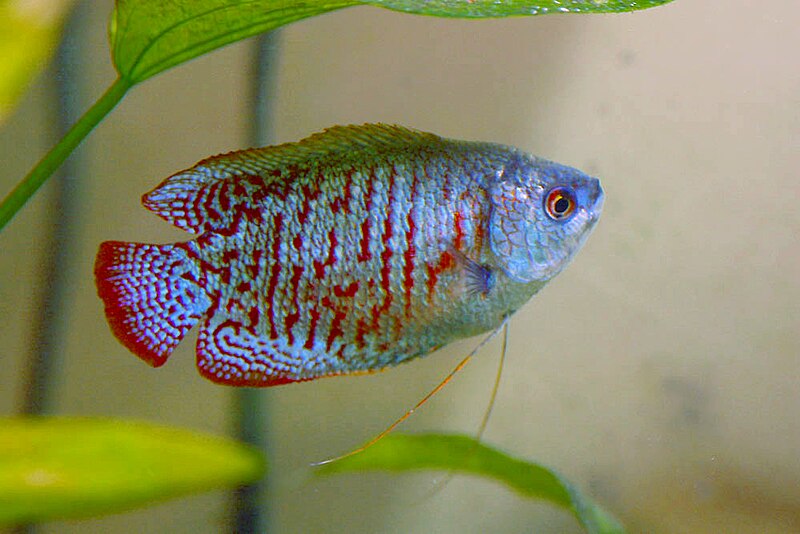

Leave a Reply